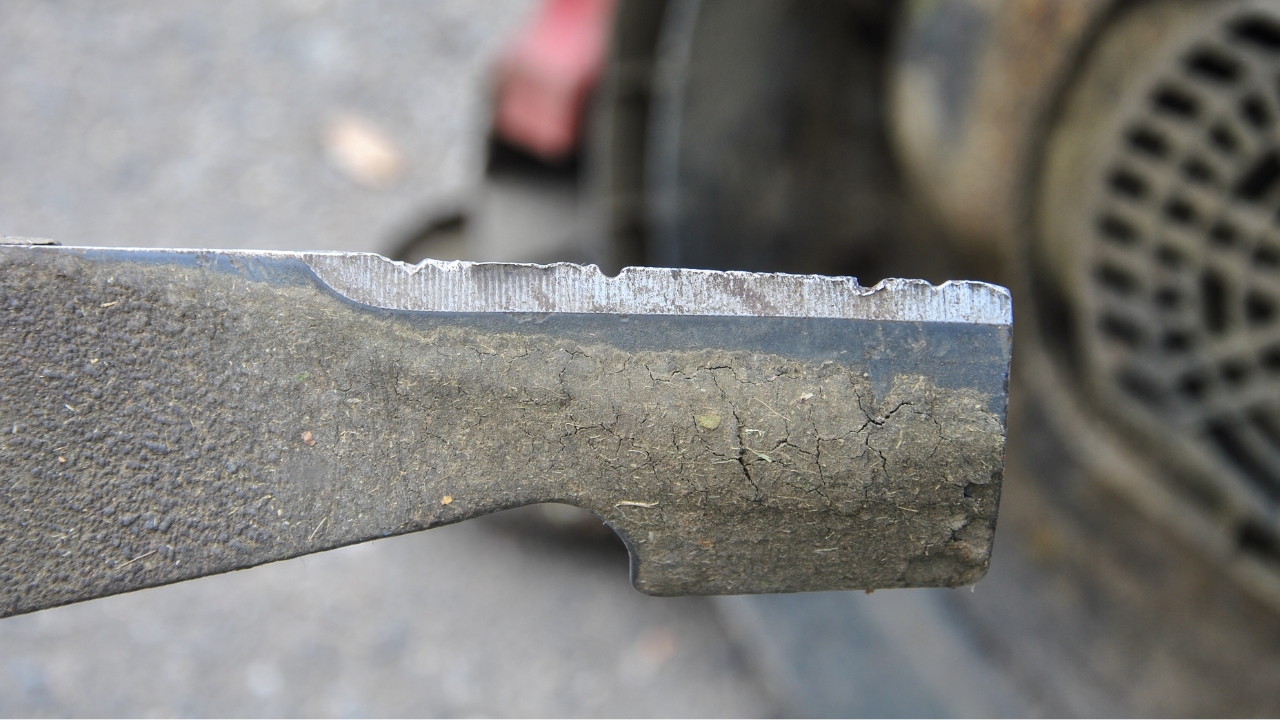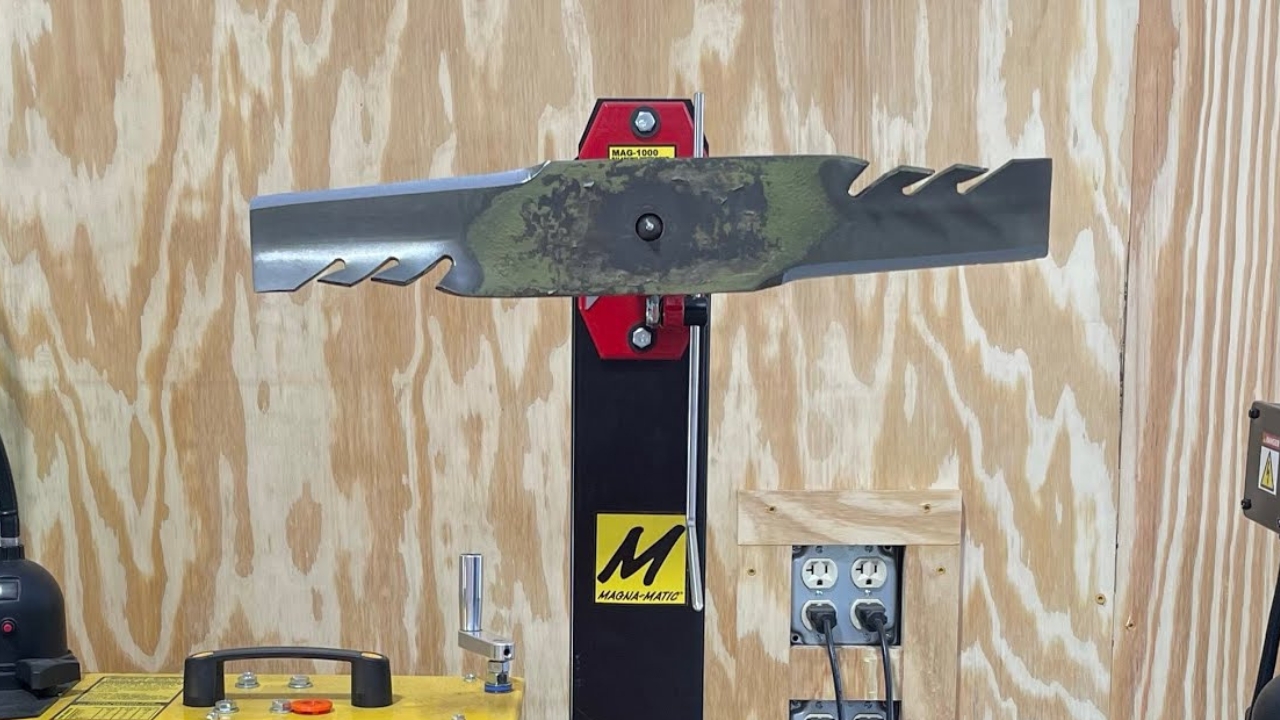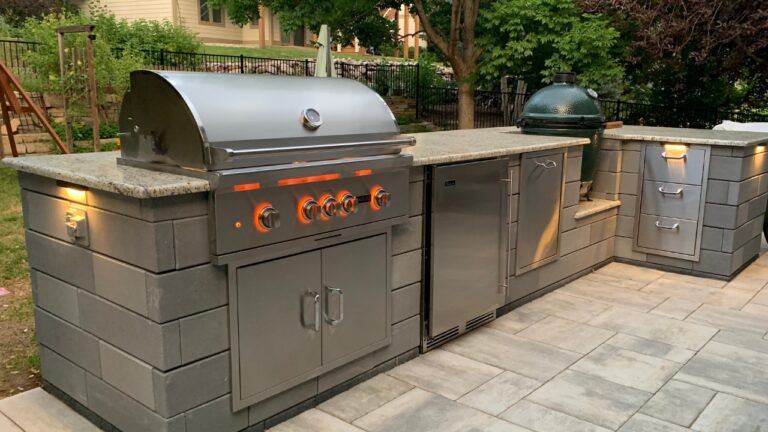10 Ways You’re Wrecking Your Mower’s Blades
Your mower blades do more than cut grass—they set the tone for how clean your lawn looks and how well your machine runs. But even the best blades won’t last long if they’re being mistreated. Most blade issues aren’t from heavy use—they’re from small habits that add up over time.
Dull edges, chips, warping, and breakage can all trace back to choices that could’ve been avoided. If you want clean cuts and longer-lasting blades, it’s time to cut these habits out first.
Mowing Over Sticks and Debris

Even small sticks can chip the edge or throw your blade off balance. Rocks and hidden objects are worse—they can bend the blade or damage the spindle.
Walk your yard before you mow. Pick up branches, toys, and anything else that doesn’t belong. You’ll save your blade and avoid sending anything flying.
Skipping Blade Inspections

Out of sight means out of mind—but that’s where the damage starts. If you’re not checking your blade, you won’t know it’s dull, bent, or cracked until it causes a bigger issue.
Flip your mower up safely or remove the blade once in a while. Look for dings, uneven wear, or hairline cracks. It takes a few minutes and can save your motor, your grass, and even your feet.
Hitting Tree Roots

If you’re mowing close to trees, it’s easy to nick a root. You might not feel it at first, but that sudden impact can bend your blade or chip the edge instantly.
Either raise your deck when you get near trees or trim that patch separately. A small detour can prevent major blade damage or uneven cutting later.
Mowing Over Gravel or Dirt Patches

Gravel tears up your blades like sandpaper. And mowing bare dirt dulls them fast too. It’s like dragging a knife across concrete—repeatedly.
Mark off trouble areas or raise your deck if you absolutely have to mow there. You’re better off skipping a patch than tearing up your blade.
Letting the Blade Get Too Dull

Dull blades don’t cut—they tear. That’s harder on your grass and harder on the blade. It also makes the mower work harder than it should.
If your lawn looks ragged after mowing, or you hear more of a “thunk” than a “swish,” it’s time to sharpen. Aim to sharpen every 20 to 25 hours of mowing during peak season.
Sharpening It the Wrong Way

You can’t take a grinder to the blade and call it good. If you sharpen at the wrong angle or take off too much, you’re unbalancing the blade, and that shakes the whole mower.
Use a blade balancer after sharpening. And make sure you’re following the original angle—usually around 30 degrees. A few extra minutes here makes a big difference.
Over-Tightening or Under-Tightening the Bolt

If the blade bolt’s too loose, the blade can shift or even come off. Too tight, and you risk stripping the threads or stressing the crankshaft.
Use a torque wrench and tighten it to the mower’s specs—usually around 60–80 ft-lbs. If you’re guessing, you’re gambling with a spinning metal bar under your deck.
Not Replacing Damaged Blades

A bent blade can’t be fixed with a hammer. It’ll wobble, cut unevenly, and eventually damage the deck or spindle. Even a small warp can cause a big shake.
If you see serious dents, bends, or cracks, replace the blade. They’re affordable, and running damaged ones only costs more in the long run.
Using the Wrong Blade Type

Not all mower blades are interchangeable. Some are high-lift, others are mulching, and each is shaped to match your deck and purpose. Slapping on the wrong one messes with airflow and efficiency.
Check your mower’s manual or go with a blade made specifically for your model. Using a generic or mismatched blade can actually make your mower perform worse.
Forgetting to Balance the Blade

Every time you sharpen, you remove material. If it’s more off one side than the other, the blade becomes unbalanced—and that leads to vibration, wear, and engine strain.
Use a blade balancer or even a nail in the wall to see if it hangs evenly. If it’s off-kilter, file the heavier side. Balanced blades cut cleaner and last longer.
*This article was developed with AI-powered tools and has been carefully reviewed by our editors.







